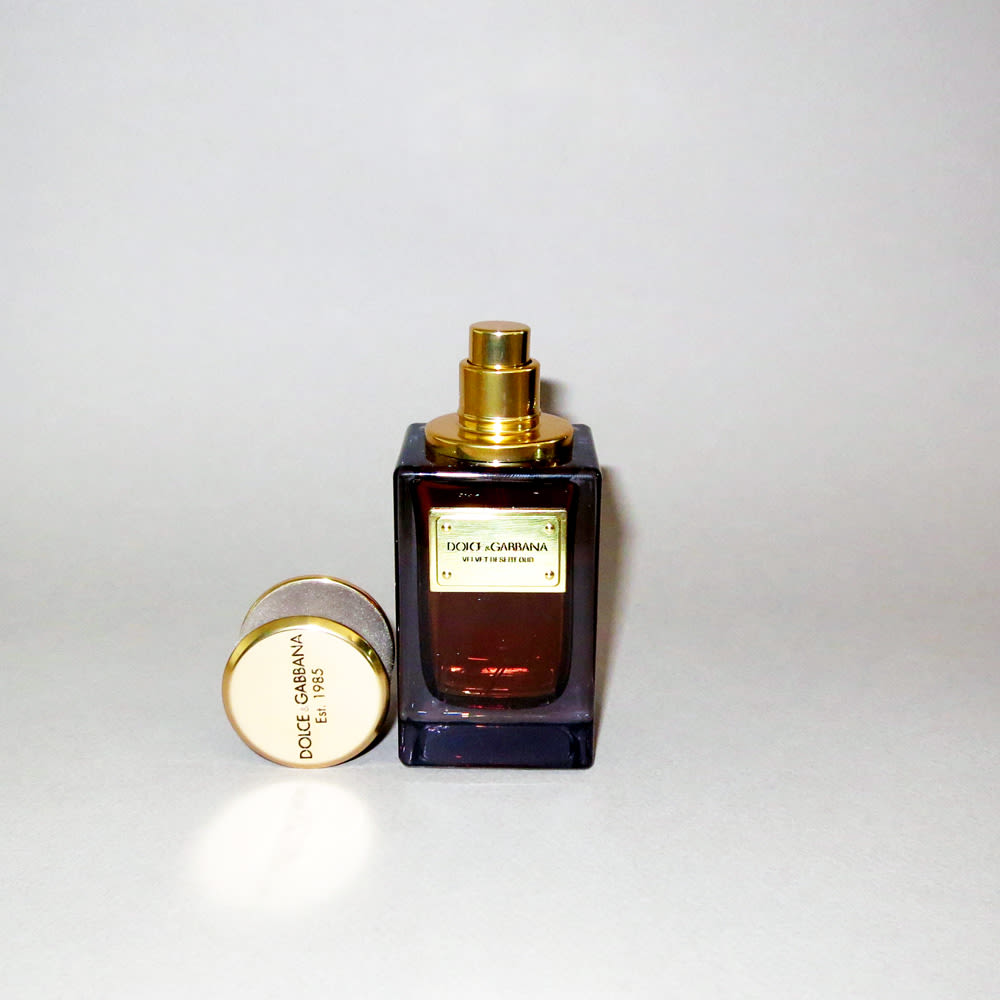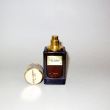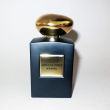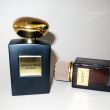There was a time not long ago when oud fragrances—warm, woodsy scents derived from (or intended to mirror) an aromatic resin found in large, mold-infected evergreen trees—were hard to come by and slightly polarizing (as Byredo’s Ben Gorham told us, “When you smell Accord Oud, you get it. You like it or not”).
But lately we can’t pass by a perfume counter without seeing a new oud offering. The latest two are by way of fashion houses Armani— Armani Privé's Oud Royal—and Dolce & Gabbana— Velvet Desert Oud. The first is a deep, balsamic, leathery interpretation of the ingredient that Mr. Armani calls “more tantalizing than gold,” and the second, a softer, sweeter amber-based rendition. Both master the sexy, androgynous “I burn incense ' vibe that just smells rich. Why? Because, as it turns out, oud, in its pure form, is extremely expensive. (On an unrelated note, we're also really digging Armani Privé's Rose d'Arabie. It's smoke and candy...and rose. Unisex. Sexy. Awesome.)
As for the fashion/fragrance world's piqued interest in oud, our beauty-editor pal in Paris (and perfume expert) Lili Barbery-Coulon explained it thusly: “In Middle Eastern countries, people burn the resinous heartwood that oud fragrance is made from, and let the smoke cover their skin so that it stays on their clothes for a long time. It’s an animalistic scent—strong, deep, mushroomy, and leathery—that has become synonymous with quality and originality. So, niche brands and more recently bigger beauty houses have started incorporating it to please a well-traveled, very wealthy clientele. One of the first houses that started investing in the material was Tom Ford, but now Kilian, Francis Kurkdjian, and By Terry have their own variations. In fact, very few houses have resisted the temptation to develop their own. You have to bear in mind that real oud wood is rarely used, and when it is, only traces of it, because it’s so expensive. It’s often imitated by a synthetic note called cypriol, which smells like a flat version of oud, but is much, much cheaper.”
There you have it. So, would you oud?
Photos by Elizabeth Brockway.






